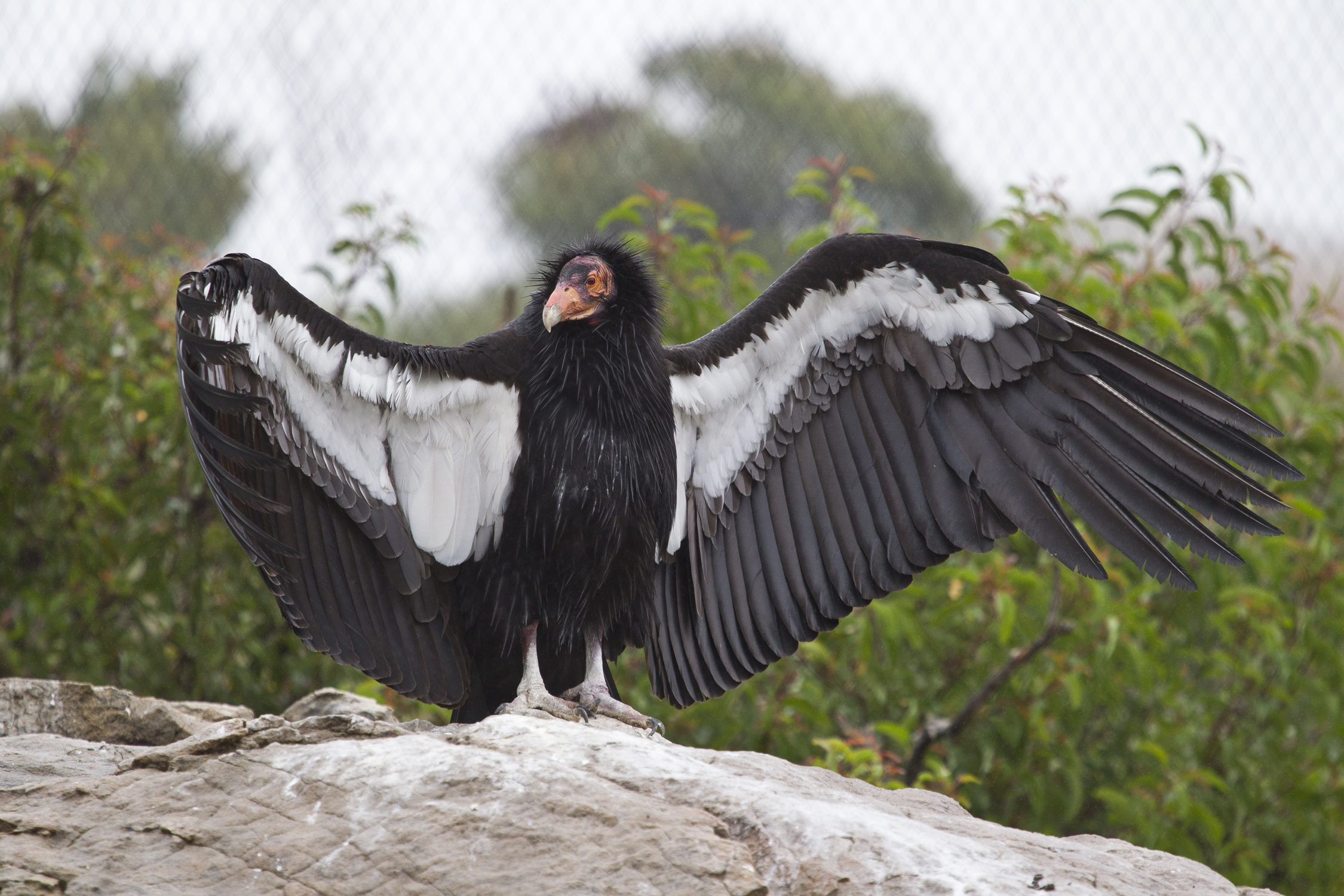
The 18 most-wanted birds in North America
Earlier this year, we published a list of 240 bird species that occur in the United States and Canada and asked you to choose the 10 that you wanted to see most.
We derived our list from the authoritative checklist published by the American Birding Association. We included all rare, casual, and accidental species (ABA Checklist Codes 3, 4, and 5); regularly occurring North American species that are not widespread (Codes 1 and 2); and one species that was once dangerously close to extinction but today is surviving in captivity and struggling to become naturally re-established (Code 6). We omitted most species not native to North America.
1. If species were named based on their fossil histories, we’d almost certainly refer to this bird as American Condor. Its bones have turned up not only in California but also in Arizona, Nevada, New Mexico, Texas, Oregon, and Florida and near Buffalo, New York. 2. For tens of thousands of years, it fed on the carcasses of mammoths, American lions, and other giant mammals that are all now extinct. 3. The extinction of much of its prey and the influence of early Native Americans, who used condor feathers for ceremonial clothing, likely restricted the condor’s range to the West: around 1800, it occurred from southern British Columbia to Baja California. 4. Beached marine mammals such as whales and sea lions provided a steady source of food into the 19th century. 5. The mid-1800s California Gold Rush inadvertently led to the condor’s near extinction. As people poured into the state, they shot deer, elk, and antelope using lead ammunition, and unrecovered carcasses and gut piles became food for scavenging birds. Hundreds of condors likely died from lead poisoning after consuming bullet fragments. 6. Even more died after eating the carcasses of coyotes, cougars, and other animals that had been deliberately poisoned to prevent them from taking livestock. 7. Lead poisoning was the likely cause of the great bird’s decline to 22 individuals in 1982. And since 1992, when wildlife officials began releasing condors back into the wild, lead poisoning has continued to be a primary reason for the bird’s limited recovery. A 2012 study attributed two-thirds of adult condor deaths to lead poisoning. 8. In 2007, the state of California tried to help by banning the use of lead shot within the condor’s range, but researchers last year found that the ban has had no measurable effect on lead levels in condors. Lead poisoning in condors, they concluded, is of “epidemic proportions.” 9. The condor recovery team is considering releasing birds in Oregon — part of their historic range. 10. The results of a recent study may give the team pause. The authors found that the blubber of beached sea lions, harbor seals, and other marine mammals — potential condor food — contains high levels of PCBs and the pesticide DDE.
Description: Nine-foot wingspan. Mostly black body feathers with white wing linings. Unfeathered head is gray until age 5 or 6, when it turns pinkish orange. Nearly all condors wear numbered wing tags. (ABA Code 6)
Range: Central and southern California, Grand Canyon, southern Utah, Baja California.
Population: Wild: 223 (70 in Arizona and Utah, 123 in California, 30 in Baja California). Captive (including birds temporarily in captivity): 201. Total: 424. Endangered. Population count updated regularly by the Peregrine Fund.
Advertisements
11 June 2022
Advertisements



